BIC Process Design
Understand & Transform
Supercharge your business operations with the most intuitive AI-powered BPM software.
It seems that you come from a German speaking country. Here you can change the language
EnglishProcess orchestration is vital for effective business process transformation, enhancing human-machine dynamics, operational efficiency, and cost savings by streamlining processes. Dive into this article to explore process orchestration’s key capabilities and drivers, the influence of Generative Artificial Intelligence (Gen AI), and the technology’s transformative role.


In today’s fast-paced business landscape, enterprises are challenged by limited process understanding, change management, siloed approaches, and evolving customer expectations. The imperative for enterprises to address these obstacles and remain competitive has propelled business process transformation to the forefront.
Enterprise adoption of Intelligent Automation (IA) technologies has increased steadily over the past few years. However, as enterprises scale process transformation initiatives, challenges in managing human and digital workers, such as robotic process automation (RPA), inevitably arise.
Process orchestration emerges as the key technology to better orchestrate the flow of work across digital and human workforces to realize greater value from business process transformation initiatives. Let’s explore this further.
Process orchestration is software that helps users design, execute, and monitor end-to-end business processes. It includes critical capabilities such as modeling processes, managing business rules, designing user interfaces for capturing and presenting data, managing the hybrid (human plus digital) workforce, and providing process-related insights.
Process orchestration can orchestrate the flow of work across human workers, digital workers – including RPA, Intelligent Document Processing (IDP), and conversational Artificial Intelligence (AI) – and enterprise applications in long-running workflows. Process orchestration encompasses four fundamental capabilities, including:
These capabilities help enterprises overcome the challenges of managing extensive, cross-functional business processes involving human, digital, and system components.

In essence, process orchestration solutions propel resilient growth and success in today’s dynamic business environment by streamlining processes, optimizing collaboration, and enhancing decision-making. Enterprises are fast adopting process orchestration because of its potential to deliver the following cost, operational, and strategic outcomes:

Cost impact: Lower operational costs and reduced technical debt

Operational impact: Higher process efficiency, improved process governance and compliance, and increased employee productivity

Strategic impact: Higher Return on Investment (ROI) of digital transformation initiatives, improved customer experience, and increased top-line growth
Gen AI tools, such as ChatGPT, have notably impacted various enterprise technology domains, and process orchestration is no exception. Gen AI can significantly elevate the intelligence of process orchestration solutions with its unique ability to perform multiple natural language processing tasks, such as text generation, summarization, and information retrieval. This augmentation can help enterprises derive superior business value from their process orchestration investments.
Next, we take a look at the impact of Gen AI on different process orchestration capabilities. Gen AI-powered capabilities are poised to significantly enhance the ease of use of process orchestration solutions, saving enterprises time and effort.
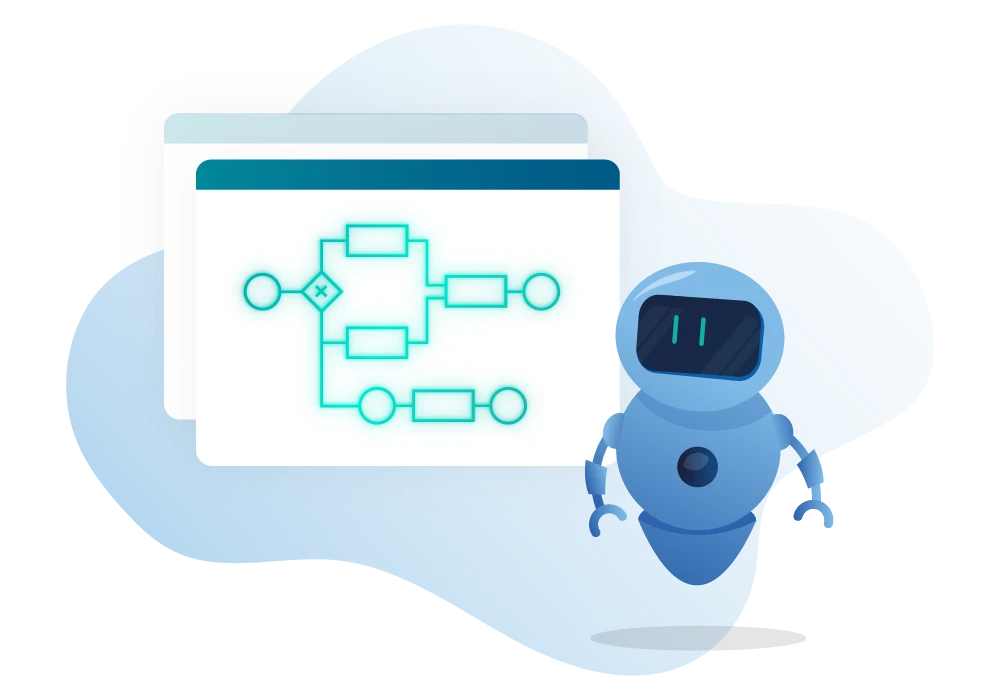
Process design and execution
Create initial workflows, make modifications, and address design-related queries, such as how to build a REST API call. It also helps generate test cases and process-based manuals/documents for training and audits.
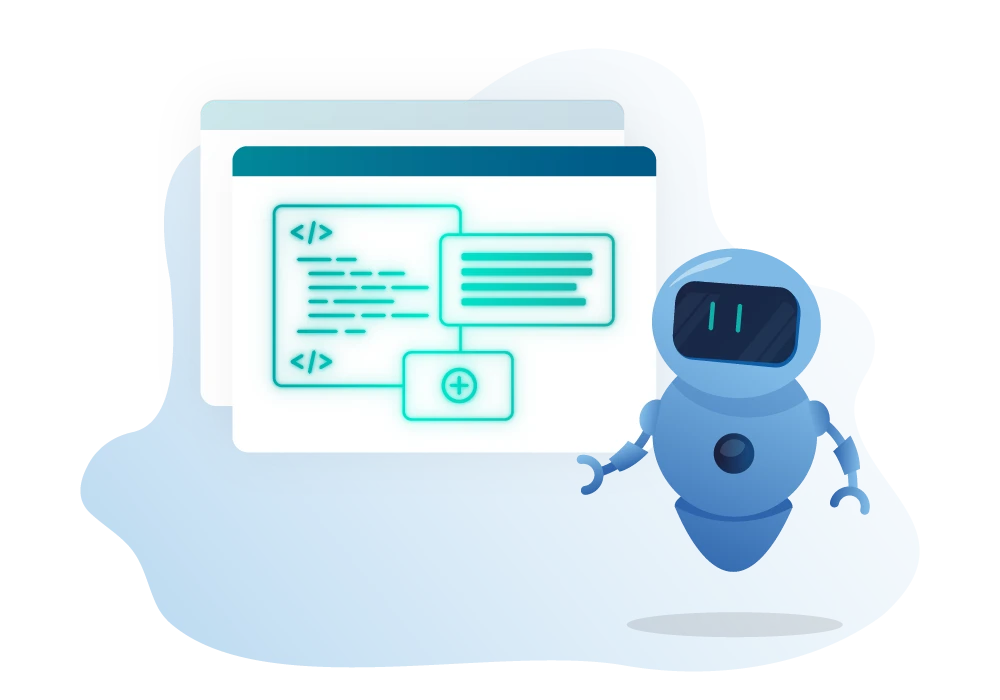
Low-code/no-code user interface development
Generate forms and applications using prompts and by processing PDF documents such as vendor onboarding forms. Automate the creation of code components based on pre-defined design principles.
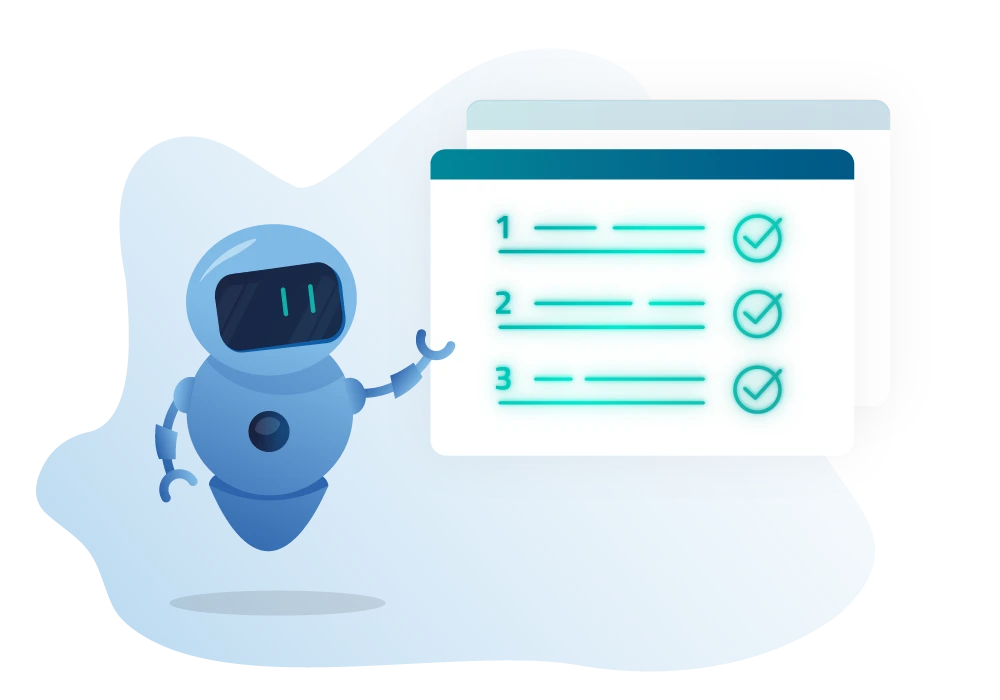
Business rules management
Generate and configure business rules through natural-language instructions. This is especially helpful for writing code for complex business rules with intricate conditions that go beyond the capabilities of a drag-and-drop interface.
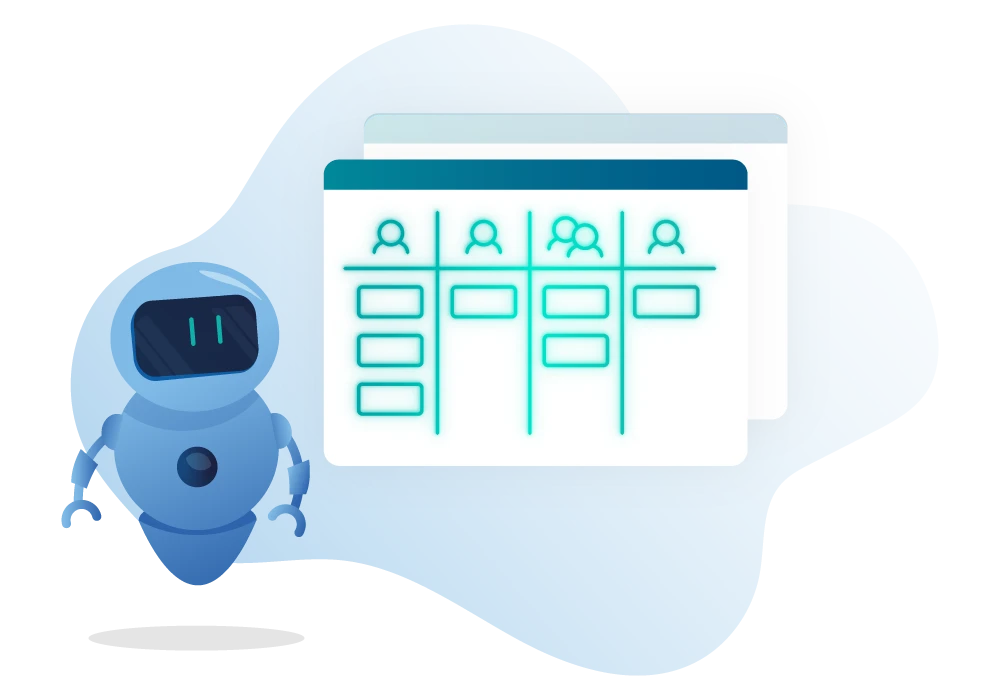
Hybrid workforce management
Optimize task allocation by analyzing task nature, historical data, and real-time workloads. Support humans in generating sales emails, customer support responses, and process-related insights.
Successful business process transformation typically comprises steps such as design, execute, monitor, govern, and optimize. Process orchestration, with its innovative capabilities, simplifies enterprises’ transformation journey at each step as detailed below:
To sum up the benefits, process orchestration is a cornerstone in the success of business process transformation, ensuring superior ROI for enterprises’ transformation endeavors.
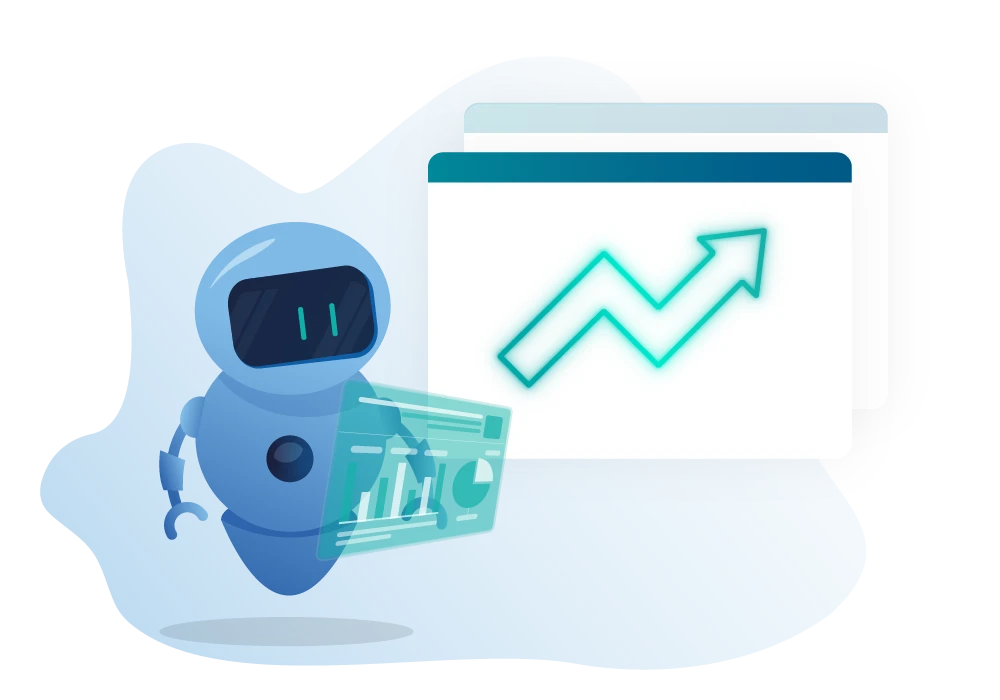
Process orchestration is a tactical answer to help enterprises navigate the complexities of business process transformation. It facilitates successful business process transformation by effectively addressing challenges such as managing human-machine dynamics in long-running business processes.
By committing to harnessing the full potential of process orchestration solutions, enterprises not only stand to elevate operational efficiency and realize substantial cost savings but also position themselves to gain distinct strategic advantages in the competitive business landscape.
We have the information you need to unleash your full process potential. Take a look at our resources and start improving your business performance today.